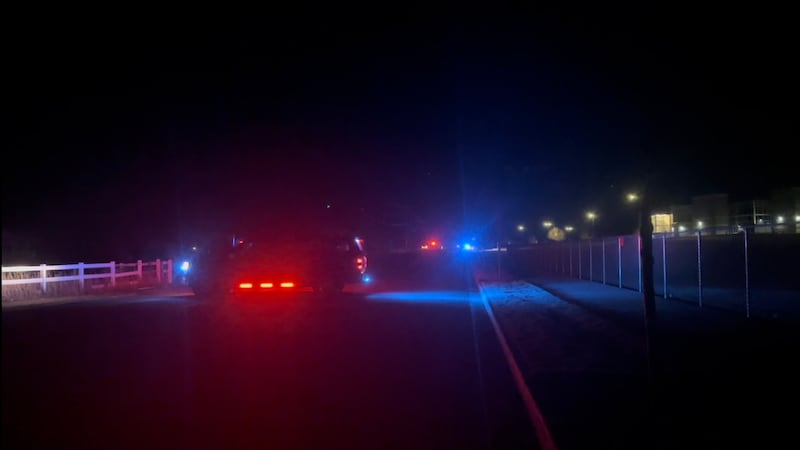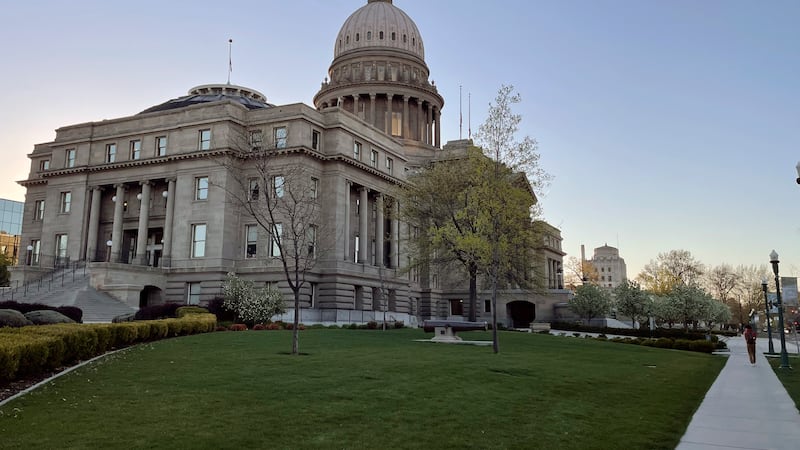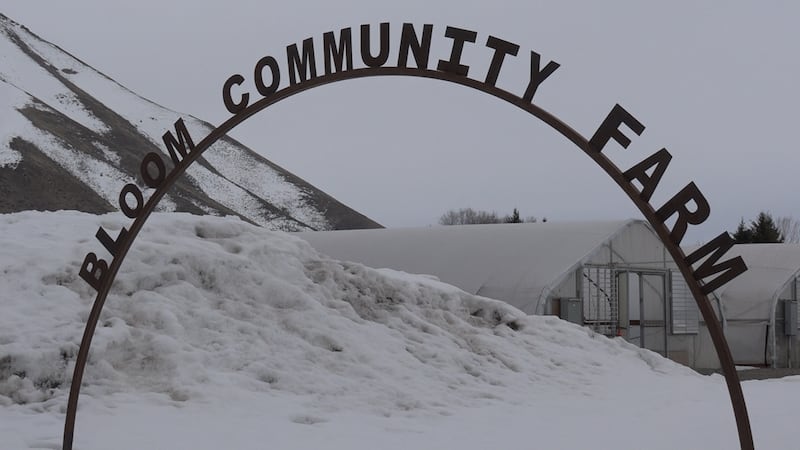A year after first quagga mussel sighting, testing and cleaning still continues

TWIN FALLS, Idaho (KMVT/KSVT) — It’s been almost a year since the quagga mussel was found near Centennial Waterfront Park in Twin Falls.
After a massive treatment, the Idaho State Department of Agriculture devised a plan to rid the Snake River of any potential quaggas; it has been a long waiting game.
Since then, the motto has been to clean, drain and dry to help prevent and stop the spread. Invasive Species of Idaho Bureau Chief Nic Zurfluh said the hot wash station has improved.
“We’ve made significant site improvements to Centennial Park for the decontamination side of that complex and so we have multiple lanes and multiple decontamination units,” Zurfluh said. “We’re not seeing nearly as long of wait times as we were earlier in the season. Something I look at we’re getting a much more pleasant boater experience going through that station.”
Regarding testing, the ISDA has been on the water, taking samples and checking for the presence of mussels. So far, things look good, but it is far too soon to tell if that means the river is quagga-free.
“We’re about halfway through our monitoring program and we are calling it cautiously optimistic,” Zurfluh said. “Everything so far has looked really good. No viable detections have been found but we still got a little ways to go to get to the field season and last year when we had the detection those detections didn’t come until later on in field season. That’s why I’m saying just continue to be diligent and be patient with the process.”
If they remain clear, sampling will continue for five years from the initial positive sample.
That is why it is so important to continue taking measures to prevent the spread and bring more invasive species into the water.
Copyright 2024 KMVT. All rights reserved.















